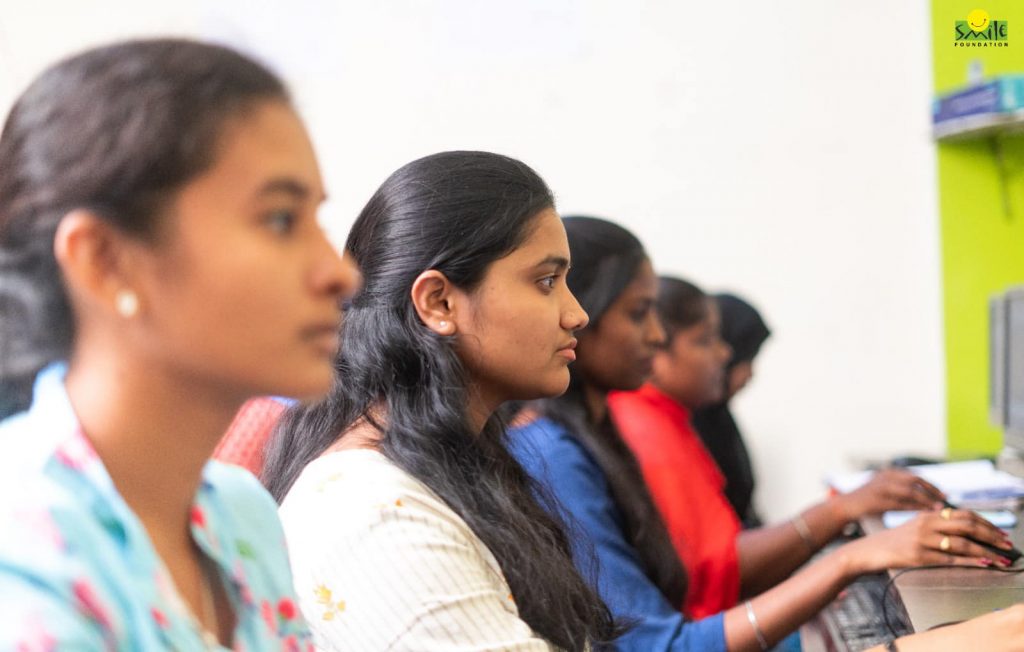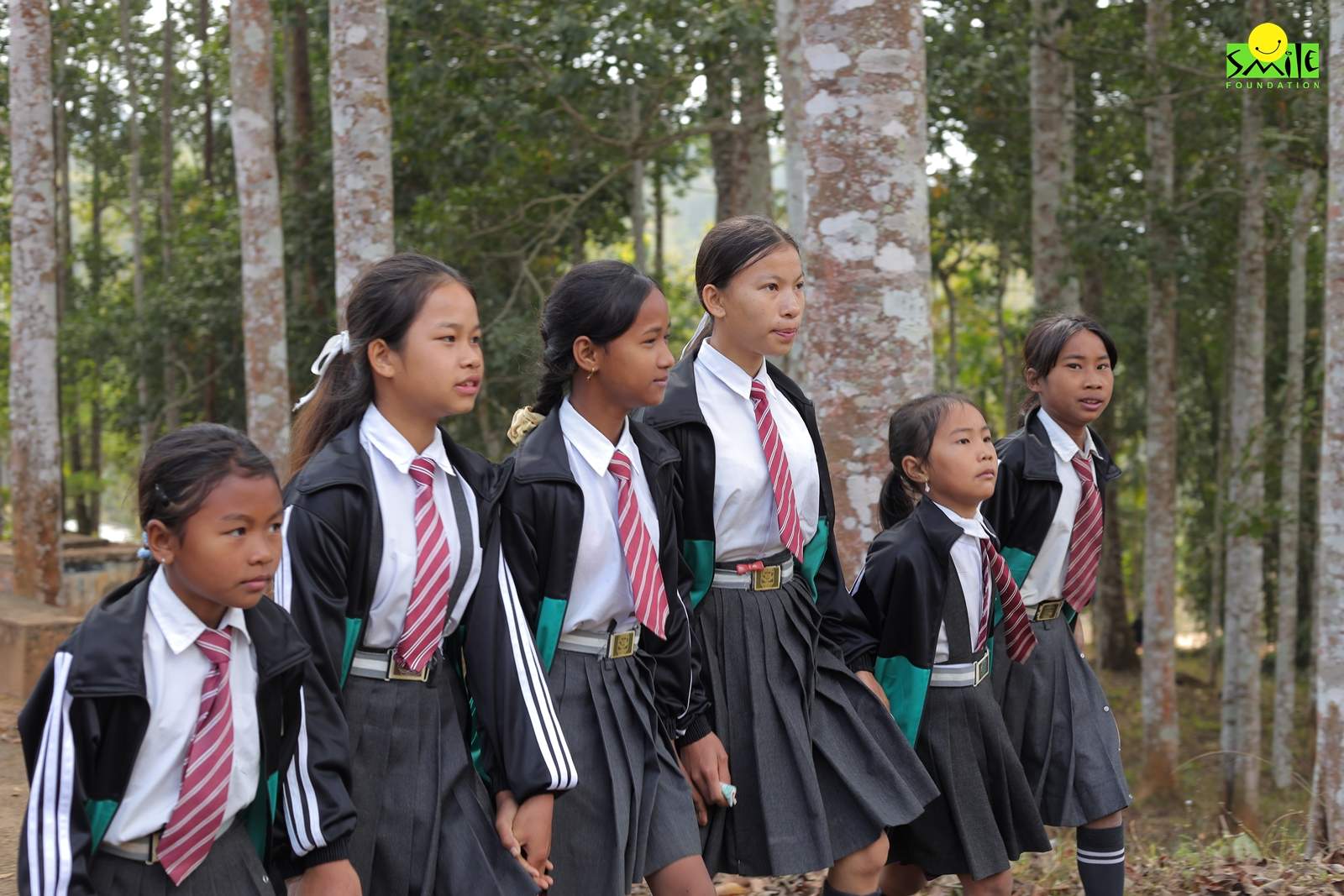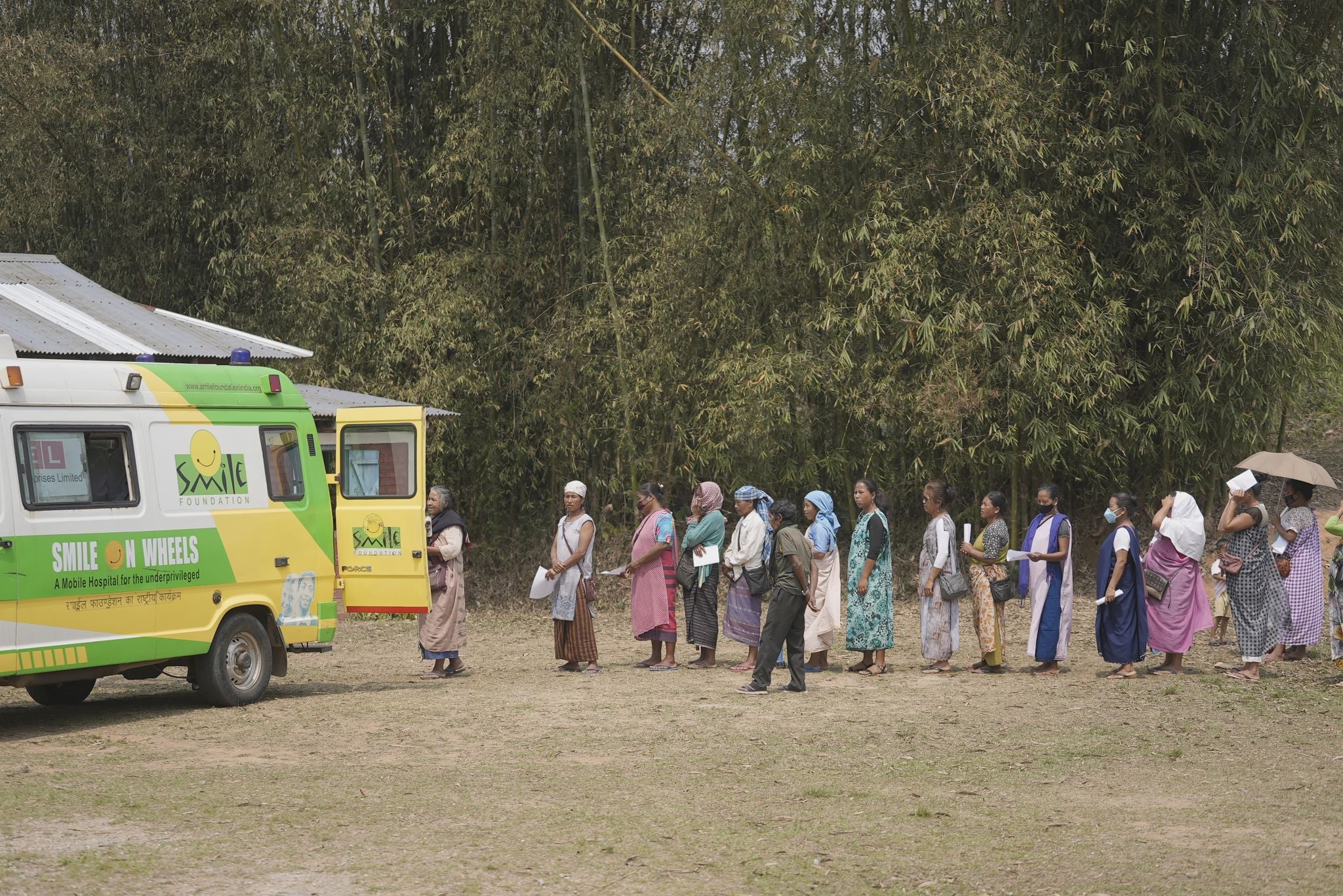Access to education and skill development is crucial for personal growth and economic empowerment. While India has made significant strides in this direction, there remain formidable challenges, especially when it comes to enrolling girls in livelihood and skilling programs. These programs hold the key to breaking the cycle of poverty and gender inequality, yet several obstacles stand in the way of achieving equitable participation.
These are some of the multifaceted challenges hindering the enrollment of girls in such programs-
1. Socio-Cultural Norms and Gender Stereotypes
One of the most pervasive challenges in enrolling girls in livelihood and skilling programs is deeply rooted in socio-cultural norms and gender stereotypes. In many parts of India, girls are often expected to prioritize household chores, early marriage, and caregiving over education and skill development. This prevailing mindset hampers girls’ aspirations and participation in skilling initiatives.
Community awareness programs and advocacy campaigns that challenge these stereotypes and highlight the benefits of girls’ education and skills training are essential. Engaging parents, families, and local leaders can be particularly effective in changing attitudes.
2. Limited Access to Quality Education
Unequal access to quality education in rural and marginalised communities remains a significant barrier for girls. Inadequate infrastructure, lack of nearby educational institutions, and the absence of female teachers can discourage girls from pursuing education and, subsequently, skilling programs.
Expanding the reach of quality schools and vocational training centers in rural areas, recruiting female instructors, and ensuring the provision of safe and accessible transportation for girls can help improve their access to education and skill-building opportunities.
3. Economic Constraints
Many families in India face economic challenges that force them to prioritize the education of male children over female children. Economic constraints, such as the cost of education and the opportunity cost of girls’ participation in income-generating activities, often discourage parents from enrolling their daughters in skilling programs.
Scholarships, financial incentives, and subsidies for the education of girls and skilling programs can alleviate the economic burden on families. Additionally, promoting income-generating skills for girls can help parents recognize the long-term benefits of their daughters’ education.
4. Safety and Security Concerns
Concerns related to the safety and security of girls often restrict their mobility and participation in livelihood and skilling programs. Fear of harassment, violence, and inadequate transportation options can dissuade girls from attending training centers.
Creating safe and secure learning environments is imperative. This involves strengthening public transportation systems, implementing strict anti-harassment measures, and collaborating with local authorities to ensure the safety of girls during their commutes.
5. Lack of Information and Guidance
Girls and their families often lack information about available skilling and livelihood programs. This lack of awareness can prevent girls from exploring various opportunities for skill development and economic empowerment.
Establishing information dissemination channels, such as community outreach programs and digital platforms, can provide girls and their families with detailed information about available programs, their benefits, and the application process.
Importance of Enrolling Girls in Livelihood Programs
Enrolling more girls in livelihood and skilling programs is essential for several compelling reasons-
- Gender Equality: Promoting gender equality is not only a matter of social justice but also a fundamental human right. Providing equal access to skill development programs ensures that girls have the same opportunities as boys to achieve their full potential.
- Economic Empowerment: When girls acquire skills and knowledge, they become better equipped to participate in the workforce and contribute to their family’s income. This economic empowerment not only improves their own quality of life but also lifts their families and communities out of poverty.
- Reducing Gender Wage Gap: Enrolling girls in skilling programs can help narrow the gender wage gap. When girls receive training in traditionally male-dominated fields, they are more likely to secure well-paying jobs and challenge stereotypes that perpetuate income disparities.
- Improved Family Well-being: Educated and skilled women often make better decisions regarding family health, nutrition, and education. They are more likely to seek healthcare for their children, provide proper nutrition, and ensure their children’s education, leading to improved overall family well-being.
- Reducing Child Marriage: Education and skill development programs empower girls to make informed choices about their lives. When girls are equipped with education and skills, they tend to delay marriage and childbirth, contributing to a reduction in child marriage rates and improved maternal and child health.
- Community Development: Educated girls often play active roles in their communities, advocating for positive change and contributing to community development initiatives. They are more likely to engage in civic activities, promote hygiene and sanitation, and support local development projects.
- National Economic Growth: A skilled and educated female workforce is crucial for a nation’s economic growth. By enrolling more girls in skilling programs, countries can harness the full potential of their human capital, resulting in a more productive and prosperous economy.
- Innovation and Entrepreneurship: Girls who receive education and skills training are more likely to become entrepreneurs and innovators. They can create businesses, generate employment opportunities, and contribute to technological advancements and economic diversification.
Conclusion
Enrolling girls in livelihood and skilling programs in India is not only a matter of gender equality but also a means to enhance the socio-economic development of the nation. Overcoming these challenges requires a concerted effort from various stakeholders, including governments, civil society organizations, communities, and families.
Smile Foundation’s livelihood programme, STeP (Smile Twin e-Learning Programme) upskills the Indian youth focusing on the market trends and catering to the diverse needs of the young population. 65% of those trained have been placed in 400 + brands with 71% of the total enrolled members being girls. By addressing the obstacles systematically and collaboratively, India can unlock the immense potential of its girls, leading to a brighter and more inclusive future for all.









